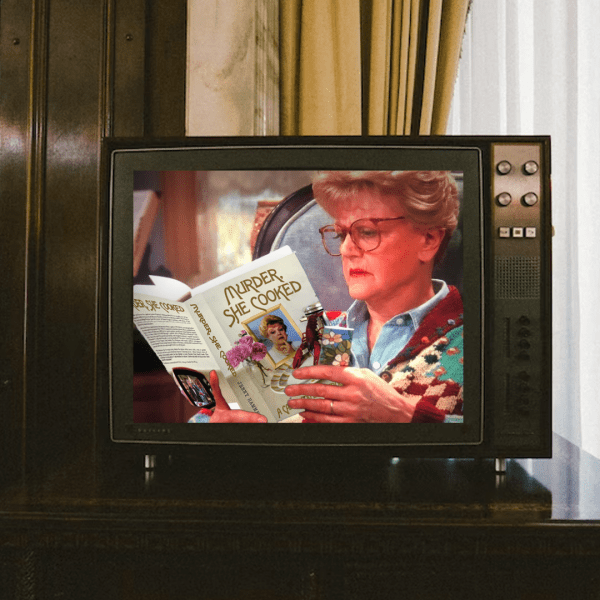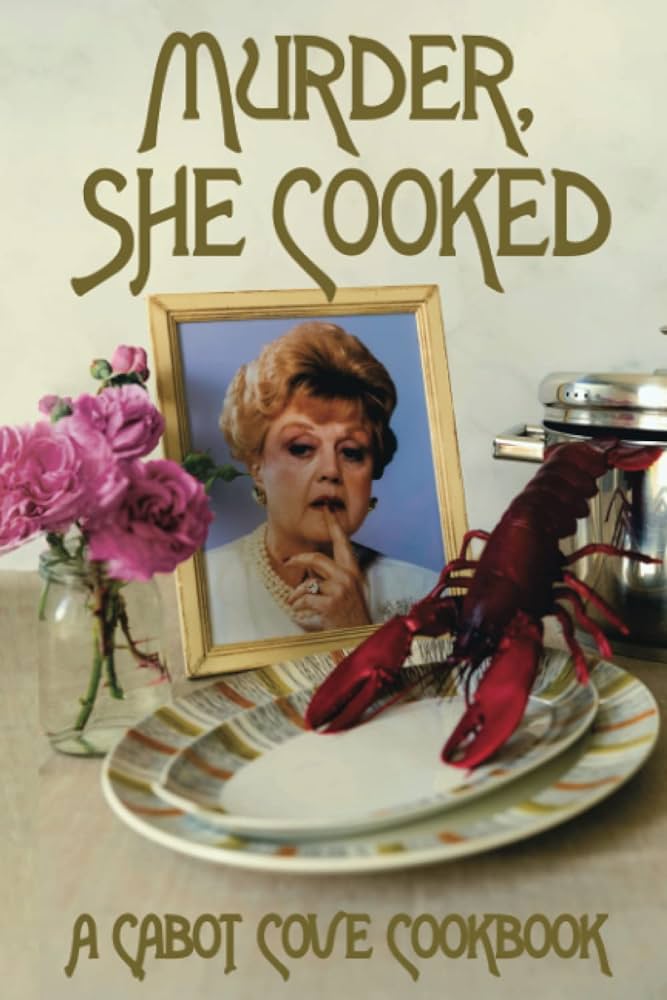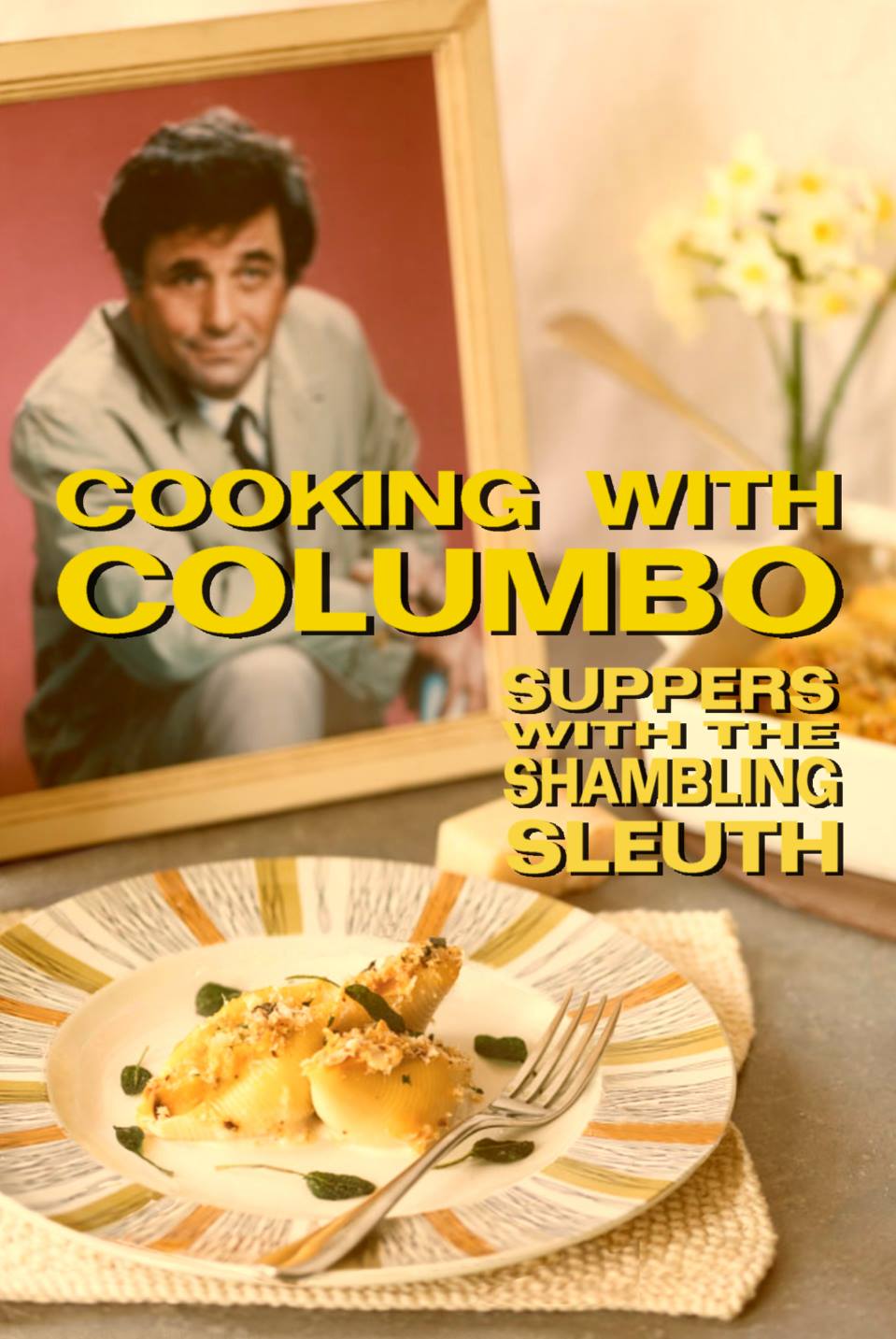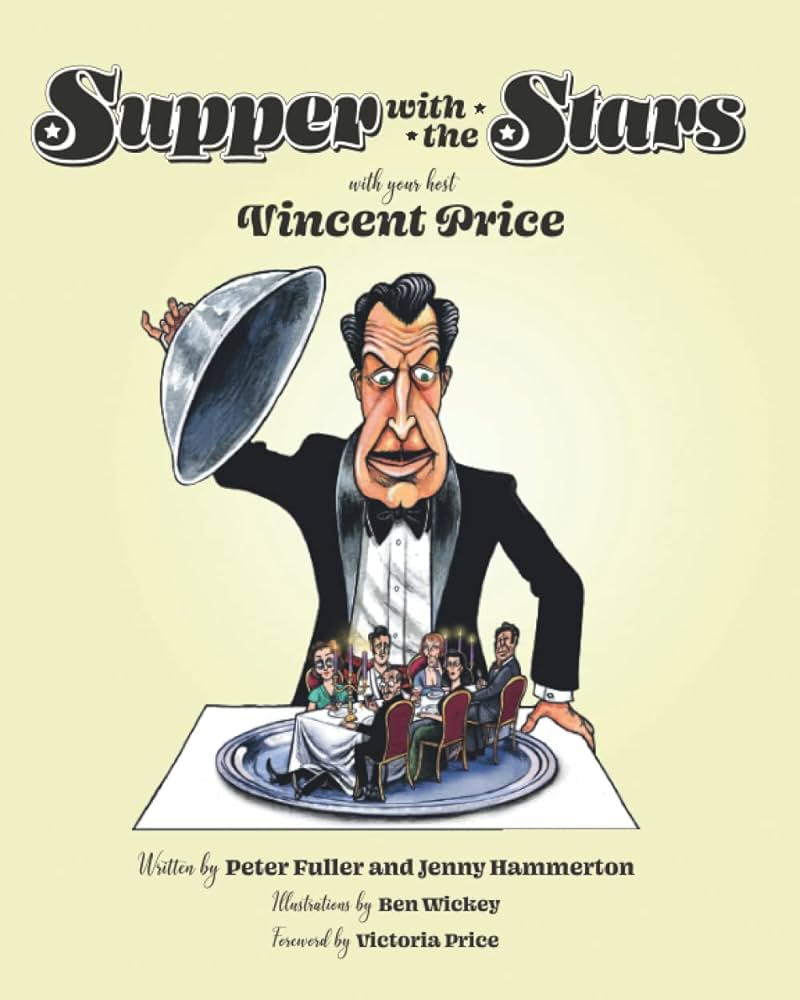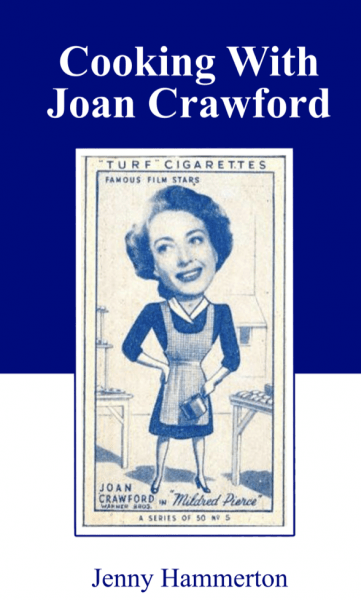
In the run up to my Murder, She Cooked publication day I am sharing some of the wonderful feedback I’ve received from test cooks. Here’s the verdict on Robert Stack’s duck recipe from Matthew Lenton an old friend who somehow found me on social media a few years ago.

Many moons ago, I did a film studies degree at the University of Kent. Matthew was also on that course and I remember that although we didn’t know him very well, the girls in my gang all fancied him. I asked my chum Heather if she remembered him and she said, “Yes. Dark haired goth type.” Well, I’ve no idea if Matthew is still a dark haired goth type, but I loved his verdict on Robert Stack’s duck recipe!
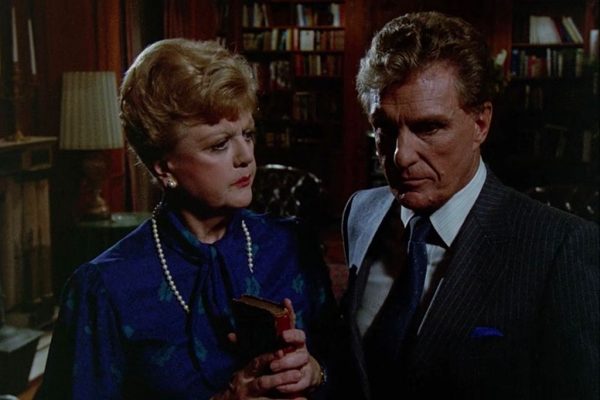
I’m running a competition to win a copy of the book – publication date 30th September.
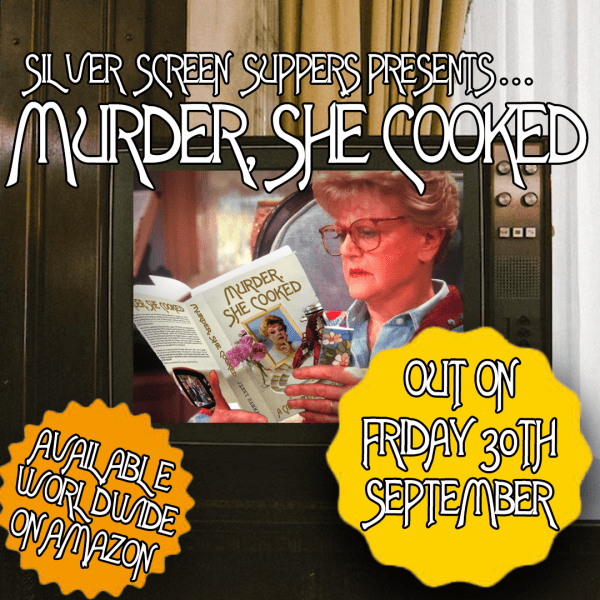
Skip over here for a chance to win.
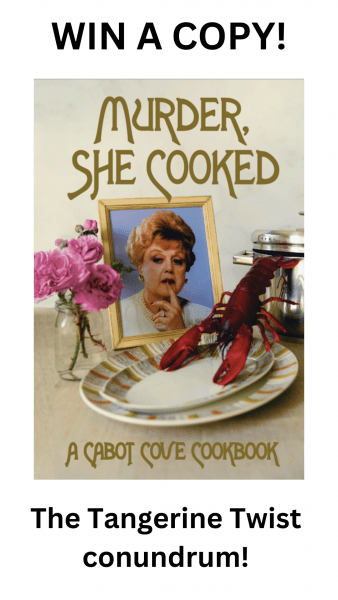
Here follows the dark haired goth type’s verdict (this is not Matthew, but it is what Google determines a dark haired goth type looks like)…

The nice thing about having a chance to feature a blog post about a recipe, as well as it going in the book, is that some testers send me lots of photos, and I get the chance to include them here. This picture of Matthew’s makes me want to run into the kitchen and make this dish RIGHT NOW.
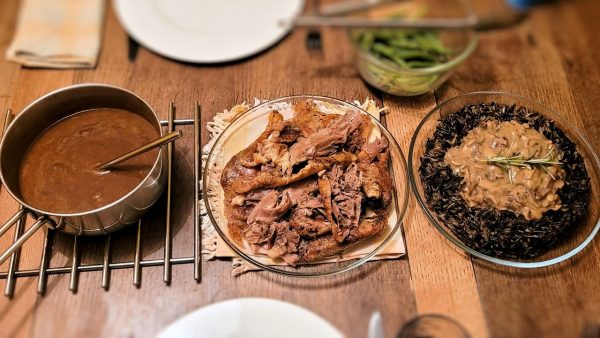
Here’s his feedback on how he made this divine din-dins.
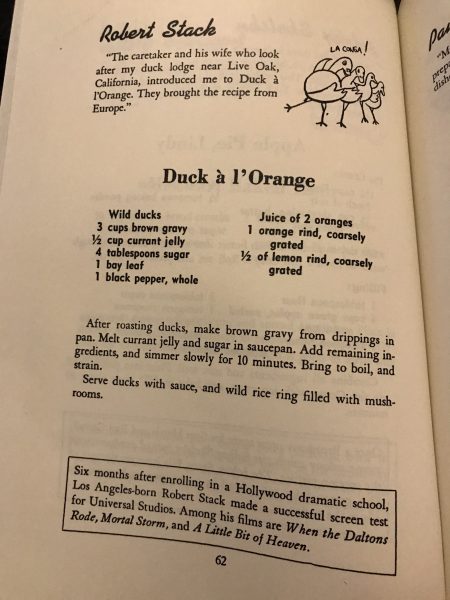
Robert Stack’s recipe for Duck à l’Orange is a fairly bare bones recipe that is mostly just about making the sauce. Even then the sauce is based on “3 cups of brown gravy” which also has to be made, but for which no instructions are given. Still, that’s all fine, as is starting with “After roasting ducks…” More disconcerting is the suggestion casually thrown in at the end to serve with “wild rice ring filled with mushrooms”, as if that’s a well-known dish; perhaps it was in mid-century California.
Ingredients review:
- Wild ducks – I don’t think wild ducks are hunted with shotguns these days, but we should still insist on a free range duck, and one large duck is probably the right amount to go with the other ingredients. Mine was obtained online from Pipers Farm, arriving two days after ordering, and included giblets.
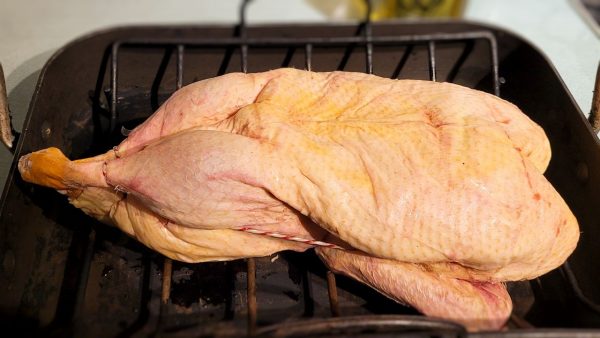
- 3 cups of brown gravy – the instructions are to make this from drippings in the roasting pan, so stock and flour, not instant gravy granules.
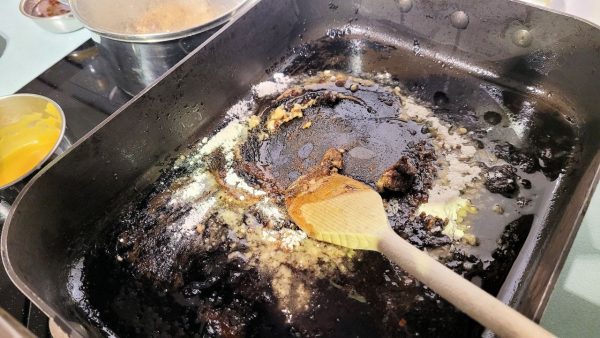
- ½ cup currant jelly – I guess this means red currant.
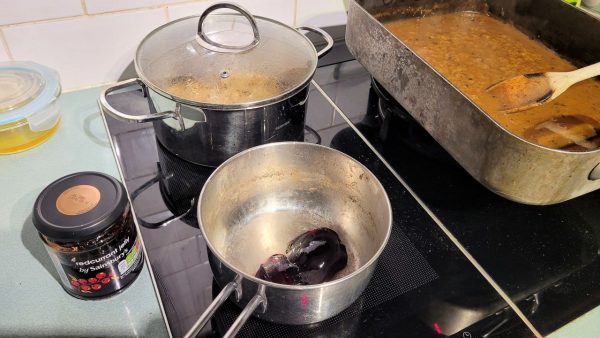
- 4 tablespoons sugar – caster since it’s going to be melted.
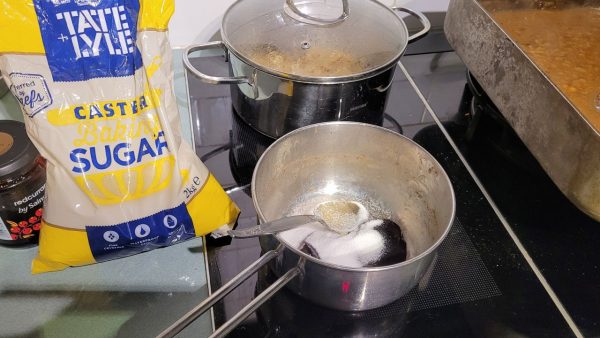
- 1 bay leaf – best from a bay tree rather than a dusty cracked remnant from a crushed box in the back of the cupboard.
- 1 black pepper, whole – the strangest item on the list; can that really mean a single uncrushed black pepper corn? Normally I think you’d go for a few more than that.
- Juice of 2 oranges – fine.
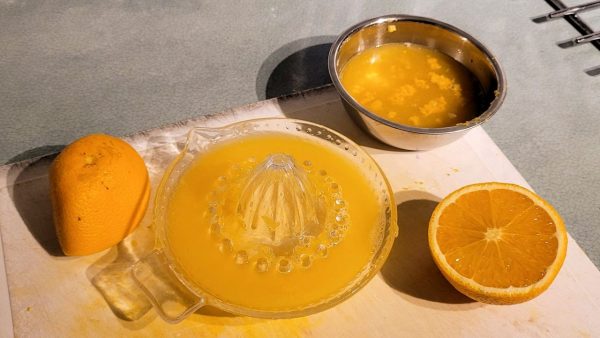
- 1 orange rind, coarsely grated – I’m not sure about coarsely grating an orange rind, I went for the usual zester bit of the grater.
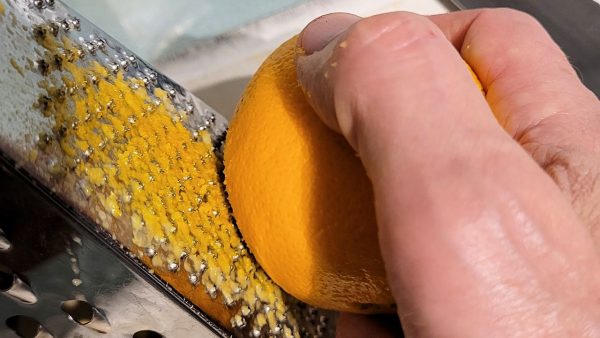
- ½ of lemon rind, coarsely grated – again, zested. Needless to say, use an unwaxed lemon.
To make this as described, I also used:
- Wild rice (Tilda)
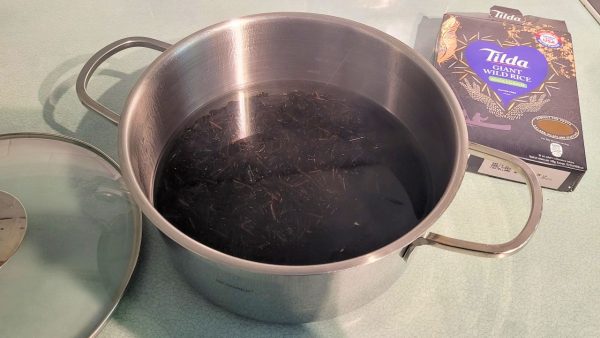
- Mushrooms – Shi-take and brown button.
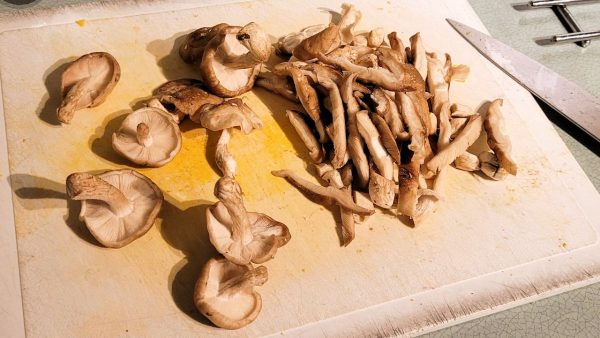
- Olive oil – for roasting the duck.
- Butter (actually I used ghee as we didn’t have any butter) – for making the sauces for the rice and mushrooms.
- Flour – for the white sauces and the brown gravy.
- Dry vermouth – or dry white wine, for the stock.
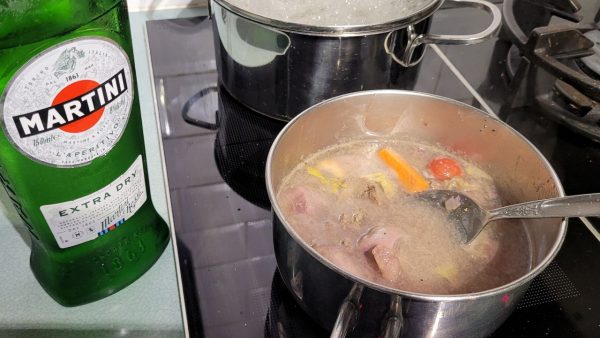
- Carrot – diced, for the stock.
- Small onion – sliced, for the stock.
- Cherry tomatoes – or one normal tomato, for the stock.
- Herbs, celery leaves – for the stock.
- Sprigs of rosemary – for the mushrooms.
- Salt and pepper.
To add to the original recipe, I found a recipe on the internet for the wild rice ring with mushrooms (it obviously is a thing in America), and used the Roast Duck recipe from Elizabeth David’s French Provincial Cooking which covers both the roasting and making stock.
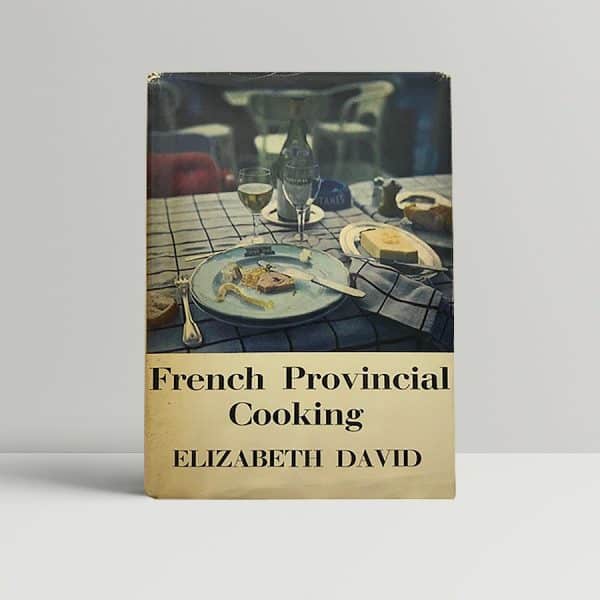
- Wash the rice and cook as per the pack instructions – about 40 minutes.
- Put the giblets in a pan (Elizabeth says not the liver, but I used it anyway) with the vermouth, sliced onion, carrot, tomato, and let it bubble a few minutes. Add the salt, herbs and a pint of water and leave to simmer.
- Rub the duck with olive oil and put in the roasting pan on its side. Cook for 30 minutes at 170C fan.
- After those 30 minutes drain the fat off (and keep it, though not for this recipe) and turn the duck to the other side and pour half of the hot stock over it. Back in the over for another 30 minutes.
- It then says to turn it breast up and roast for a further ten minutes, although I think it can go for longer than that. (Elizabeth talks about the preference for the breast being slightly pink and the difficulty of ensuring the legs are cooked if that is to be achieved… personally I think it is better to ensure the whole thing is quite well cooked, and it is easier from a timing point of view.)
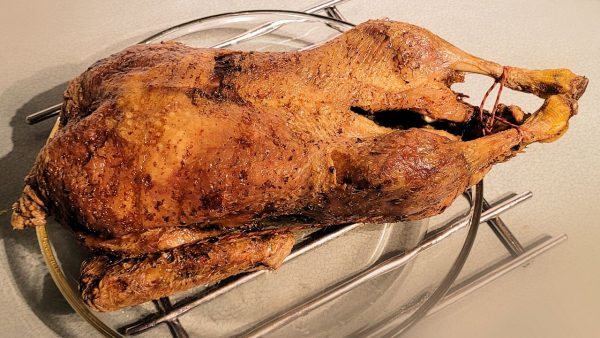
6. While that is going on the rice will have completed boiling and can be drained.
7. Make a small amount of sauce for the rice, by melting a tablespoon of butter (/ghee) in a pan and stirring in a tablespoon of flour, then adding some milk (oat milk for the lactose intolerant).
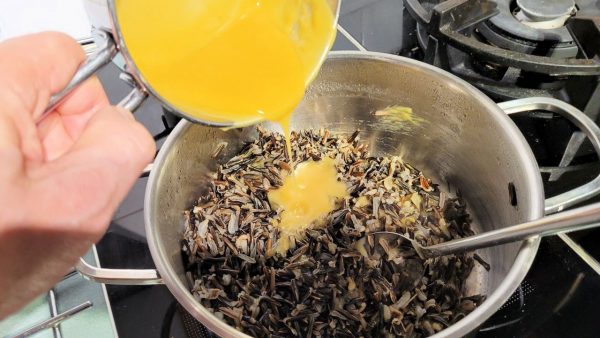
8. Mix into the rice, and press into an oiled flan tin, (that’s what I had, but it should really be a ring mould).
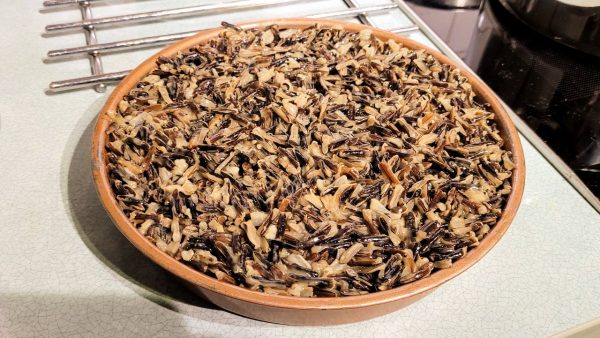
9. Put the rice on the bottom oven shelf with some hot water in the big tray that sits underneath to create steam, bake for 40 minutes.
10. Prepare the ingredients so everything is to hand when it comes to make the orange sauce: zest an orange and half a lemon, and squeeze two oranges. Get bay leaf, sugar, and peppercorns to hand.
11. Chop the mushrooms and sauté them in butter with some salt and pepper and finely chopped rosemary. Stir in some flour, let it cook, then add some milk to make a sauce (you could I guess have made a single batch of sauce for the mushrooms and the rice instead of making it twice).
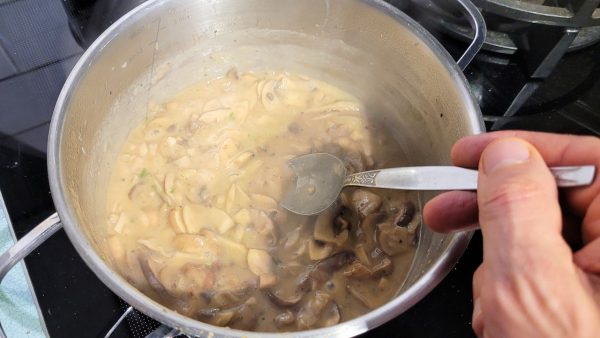
12. By this time the duck’s cooked, and is transferred to a Pyrex plate and then back in the oven, turned down a bit to 160C.Some excess fat and overdone bits were removed from the roasting pan, flour stirred in, then the other half of the stock added to make the brown gravy (and it was brown).
13. While that simmers, melt the red currant jelly (we’ve made it to line 2 from the recipe!) and add the sugar so it dissolves and is slightly bubbling.
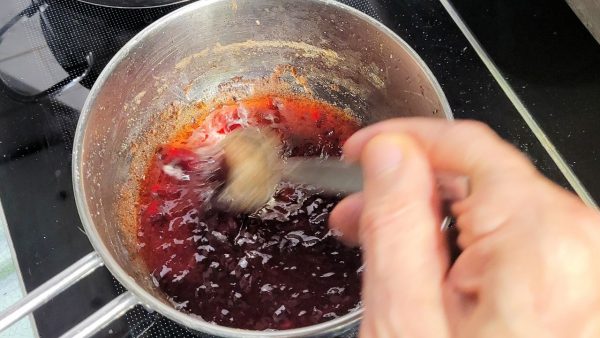
14. “Add remaining ingredients” – i.e. orange juice, orange and lemon zest, the bay leaf, about six peppercorns and “simmer slowly for ten minutes”.
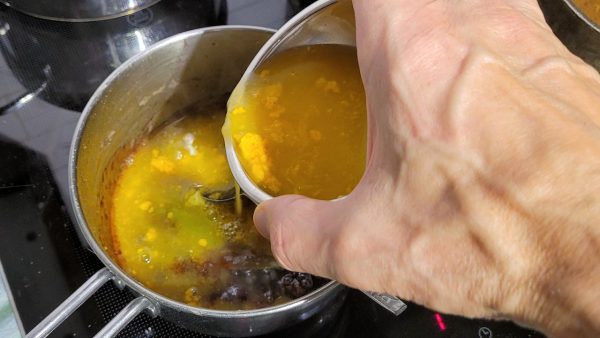
15. The recipe then says to “Bring to boil and strain” – since it has been simmering for ten minutes, I guess this is just ensuring it is hot. I already strained the gravy from the roasting pan when it went into the sauce pan, so I didn’t strain it again, which meant that peppercorns were retained.
16. The rice is now also ready from the oven, and is turned out on to a hot plate. Inevitably it didn’t turn out perfectly, but it hardly seems to matter, although one recipe stated that it should be possible to cut slices from the rice ring… no chance of that.
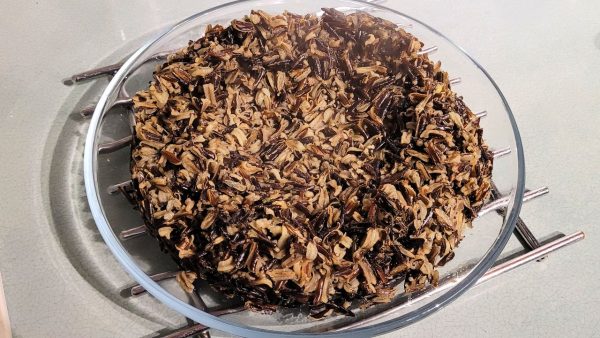
17. With the rice touched up into the right shape, the mushrooms go in the centre with a sprig of rosemary on top ready for serving.
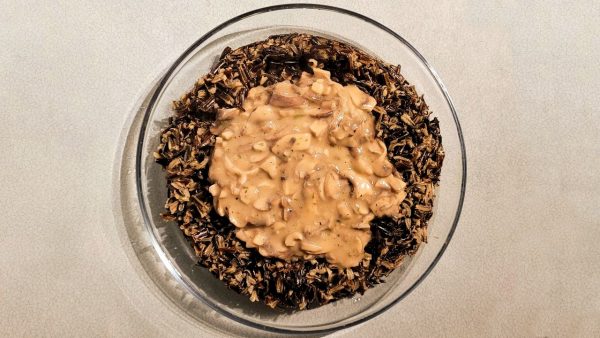
18. The duck is removed to a board for carving and then served back on the hot plate it had been on in the oven.
19. The sauce is best served straight out of the pan.
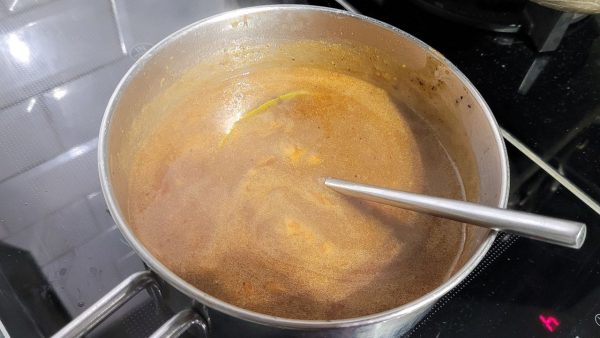
Verdict
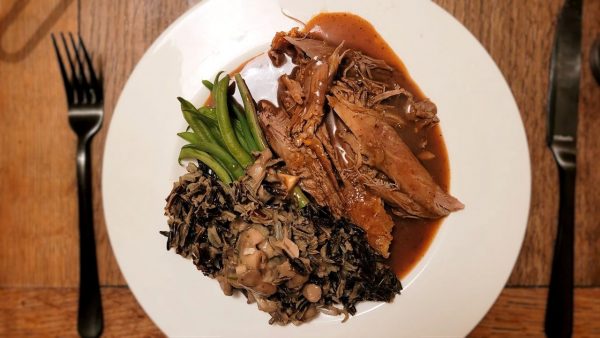
The sauce, which is the main point of the original recipe, was delicious, and simple enough to make once you have made the brown gravy. As expected it went well with the duck, which was itself also excellent. If you are comfortable roasting birds and making gravy then that part of the recipe should present no problems. If you don’t get giblets with your duck then I guess you’d just use instant chicken stock.
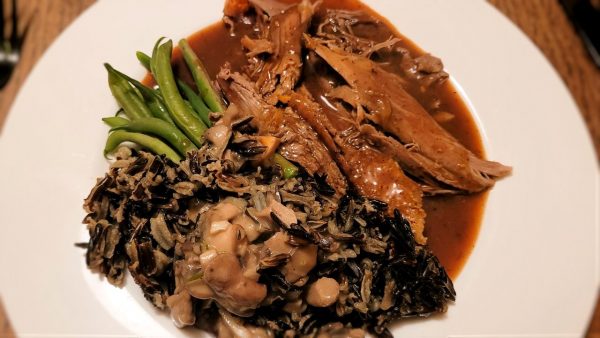
The rice and mushroom was very good (Vanessa, my wife really liked it) although I’m not sure I made it quite right. There seem to be various recipes for slightly different dishes based on the same combination of wild rice and mushrooms. Baking it is, I think, meant to make it slightly crispy on top rather than it just being a pile of rice. There’s no doubt that the rice part of this dish could be made separately, even the previous day, and then just put in the oven when the duck is about half way done. That would make things a bit easier, as although this recipe looks short, and none of it is particularly complicated, it’s quite busy roasting the duck, cooking the rice twice, cooking the mushrooms, making the sauces, the gravy, and the orange sauce.
The next day Vanessa used the left over duck and orange sauce to make a quick cassoulet type dish with sausages and beans, and that was also great.
YUM! THANKS MATTHEW. I really fancy a roast duck right now. But it’s 8am as I write this, and I have no duck about my person. Some other time though.
This recipe will feature in the Murder, She Cooked book – available from 30th September, have I said already?! Plus, if you are a Murder, She Wrote fan, I send out monthly episode guides with companion recipes from Murder, She Cooked on Substack.
